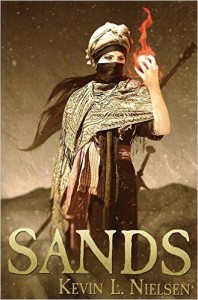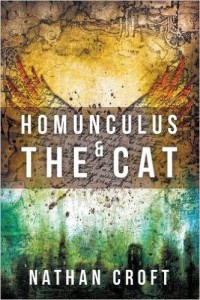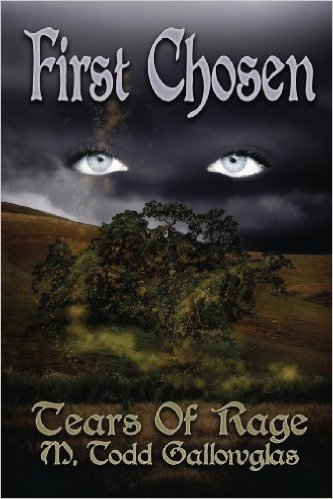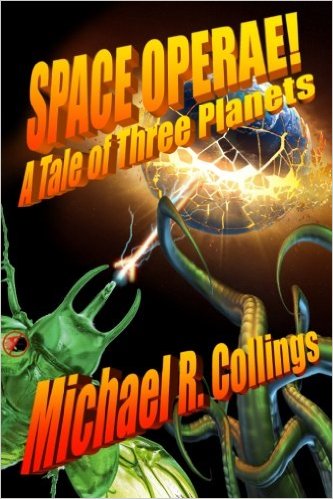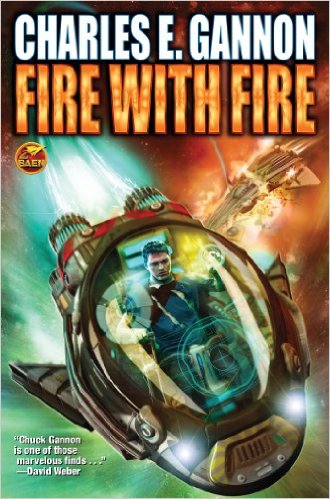 Nik Granjer doesn’t believe in the Bug.
Nik Granjer doesn’t believe in the Bug.
The Bug is the disease that wiped everyone else out a century ago. And it’s not that Nik doesn’t believe that the Bug once existed, but viruses just don’t live that long without a host, so he’s pretty sure that the Bug must be gone by now. He’s willing to test his theory, by blinding the wristbound monitor (the “Papa”) that he, like all New Frisko residents, wears, and driving his heartbeat up to speeds that are supposed to be fatal.
Because the Bug, supposedly, kills you when your heart beats too fast. To prevent death by the Bug, the Papas knock out their wearers when the wearers’ heart rates reach 140. This is just one of many features of the structure of New Frisko that are allegedly in place to keep the residents safe — windows do not open, all food is flavorless paste, jobs and marriages are assigned, and so on.
So Nik pads his Papa, races his cycle, drives his heart rate up to 168…
and lives.
But when Nik’s friend Bren does the same thing, he dies horribly, and apparently of the Bug. And immediately, squads of heavily armed Enforsers [sic — spelling has been simplified in New Frisko, along with the rest of life] come after Nik.
So does the Bug exist or not? If it does, why is Nik immune? If it doesn’t, what killed Bren? And why is Nik suddenly an outlaw?
Beat is an exciting debut YA dystopian novel from Jared Nathan Garrett. It’s the Apocalypse of Fitbits, and a story with lots of heart and a bias in favor of human freedom.

 Follow
Follow

